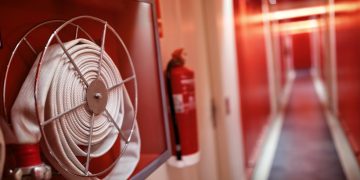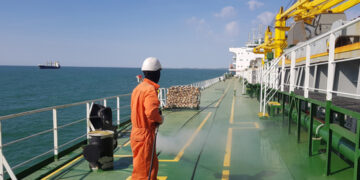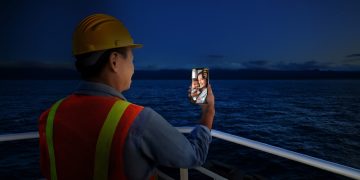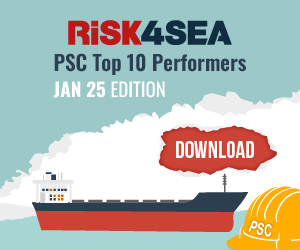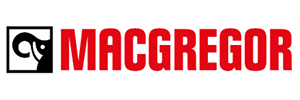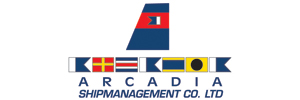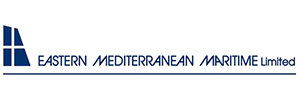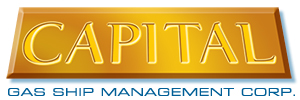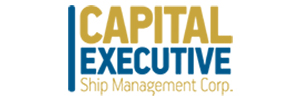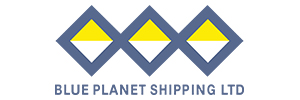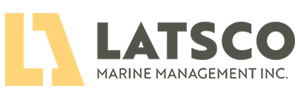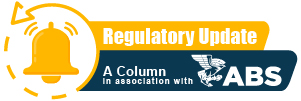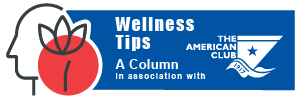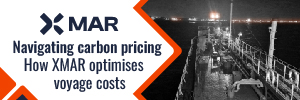West P&I Club has offered key advice for safely working at height on scaffolds, which play a crucial role in various shipboard operations.
West presents a case study where, hold maintenance was being conducted by crew members whilst the vessel was at sea. The operation was planned with the use of scaffolds to enable the crew to be able to paint hard to reach parts of the hold. A toolbox talk had been conducted and the necessary risk assessments and permits to work aloft had been completed prior to the commencement of maintenance. The scaffolding was assessed to be in an otherwise very good condition prior to commencing the work.
Work soon commenced and after a while, it had been determined that the scaffolding would need to be repositioned to begin paint another section of the hold. Two crew members who were assisting then began to move the scaffold assembly. Shortly thereafter and with a crew member still atop the scaffold, the scaffold collapsed and fell which resulted in the fatality of the crew member. Whenever scaffolds are in the process of being moved, no crew should remain on the scaffold owing to the heightened instability of the platform whilst it is being moved and the risk of falling from height posed to the crew.
As the Club advises, key precautions are taken when using scaffolding on board including:
- Carrying out thorough dynamic risk assessments that consider the full scope of the operation, including changes in operational circumstances and not just the initial rigging of the scaffold. These should account for planned movements and the eventual disassembling of the scaffold.
- Conduct toolbox talks referring to working at height procedures within the SMS to cover key safety aspects, drawing attention to the main hazards involved and how these are to be mitigated by the crew.
- Scaffolding, when used, should be adequately secured from all sides and especially from the top. It should be thoroughly inspected prior to be used by crew to verify it has been rigged correctly and that no structural members are compromised structurally.
- Fall protection devices should be used in cases where a crew member is at risk of falling two meters or more. An approved safety harness including a fall arrestor, an inertia reel or a safety line should always be used, even when crew are ascending or descending, and should be connected to a strong point on the ship structure.







